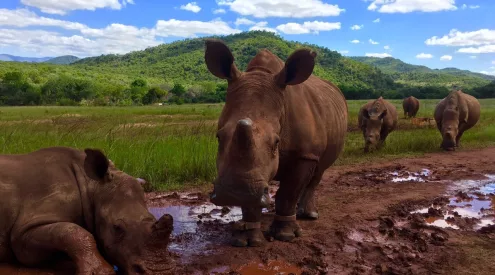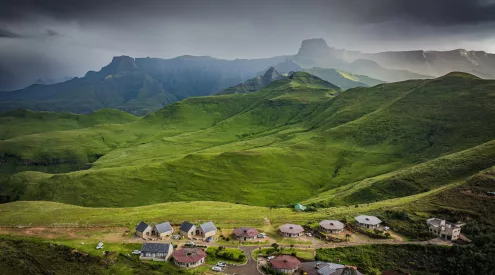The riverine rabbit is found along the rivers of the Karoo, and is critically endangered.
They are the only indigenous burrowing rabbit in Africa and feed on young grass and shrubs. Did you know that they also eat their own day droppings (which are softer than the dry droppings that form by night) to obtain their Vitamin B?
These hopping creatures reach around 52cm in size and have a distinguishing dark brown colour running along the side of the lower jaw upwards to the bottom of the large ears.
In 1902, the riverine rabbit was known as the ‘pondhaas’ (pound rabbit) because Captain G.C. Shortridge, the curator of the Kaffrarian Museum in King William’s Town at the time, offered a pound for each rabbit brought to him. Thus, the rabbit’s population dwindled at an alarming rate and even today, none of their habitat falls within state-owned land to protect it.
Its biggest threats are habitat destruction through cultivation and extensive livestock grazing, domestic dogs and road kills.
Another concern is inbreeding due to low population numbers. The females only give birth to one offspring per year, which further adds to their low numbers.
Good news is that the Endangered Wildlife Trust is is protecting its habitat through the Drylands Conservation Programme by working with landowners, communities and partners to restore and secure the areas in which the rabbit is naturally found.
To learn more about the trust or get involved, click here.
Source: CapeNature
Image: Menseselense


















